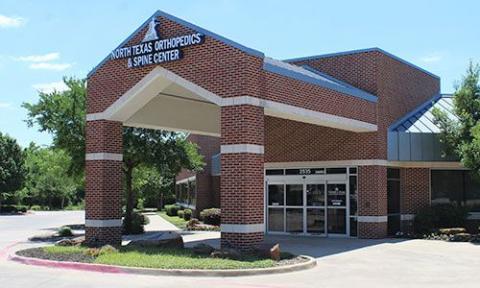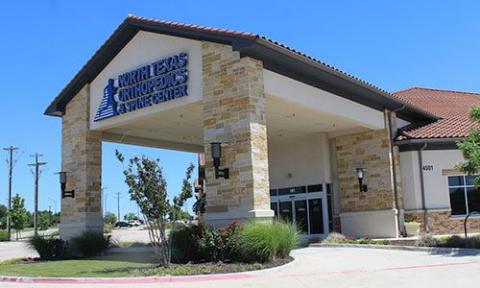Understanding Trigger Finger: Causes, Symptoms, and Treatment
Trigger finger, also known as stenosing tenosynovitis, is a condition that affects the tendons responsible for flexing the fingers and thumb. It is characterized by a sensation of locking or catching when bending or straightening the affected digits. This condition can cause discomfort, pain, and stiffness, often making everyday tasks difficult. If left untreated, trigger finger can worsen over time, leading to limited mobility and persistent pain.
What is Trigger Finger?
Trigger finger occurs when the tendons that control finger movement become irritated or inflamed. Tendons are strong, fibrous tissues that connect muscles to bones, and they are surrounded by a protective sheath. In a healthy hand, the tendons glide smoothly through this sheath as the fingers bend and straighten.
In trigger finger, the tendon sheath becomes inflamed or thickened, restricting the tendon’s movement. This creates a sensation of “catching” or “locking” when bending the affected finger. In severe cases, the finger may become stuck in a bent position and require manual effort to straighten.
Symptoms of Trigger Finger
The symptoms of trigger finger can vary in severity but commonly include:
- Locking or Catching Sensation: A noticeable “clicking” or “popping” sensation when moving the finger, especially after periods of inactivity.
- Pain and Tenderness: Discomfort at the base of the affected finger or thumb, often felt in the palm.
- Stiffness: Difficulty bending or straightening the finger, particularly in the morning.
- Swelling: Mild swelling or a small bump, known as a nodule, may be felt at the base of the finger or thumb.
- Finger Stuck in a Bent Position: In severe cases, the affected digit may become locked in a bent position and require force to straighten.
The condition most commonly affects the ring finger, middle finger, and thumb, but it can occur in any digit.
What Causes Trigger Finger?
Trigger finger is typically caused by repeated or prolonged use of the fingers, which can lead to irritation and inflammation of the tendon sheath. While the exact cause is not always clear, several factors may contribute to its development:
- Repetitive Motion: Activities that require frequent gripping, pinching, or grasping can put stress on the tendons, increasing the risk of trigger finger.
- Medical Conditions: People with certain conditions, such as diabetes, rheumatoid arthritis, or gout, are more prone to developing trigger finger.
- Injury: Trauma to the hand or fingers can lead to tendon irritation and inflammation.
- Age and Gender: Trigger finger is more common in women and individuals over the age of 40.
Diagnosing Trigger Finger
A healthcare provider can often diagnose trigger finger based on a physical examination and a review of the patient’s symptoms. The doctor may ask the patient to move their fingers and look for signs of locking, clicking, or tenderness in the affected area. Imaging tests, such as X-rays, are usually not needed unless another condition is suspected.
Treatment Options for Trigger Finger
The treatment for trigger finger depends on the severity of the condition and the level of discomfort it causes. Common treatment options include:
1. Rest and Activity Modification
Avoiding activities that aggravate the condition, such as repetitive gripping or prolonged use of the fingers, can help reduce inflammation and prevent further irritation.
2. Splinting
Wearing a splint at night to keep the affected finger in a straight position can reduce stiffness and allow the tendon to heal.
3. Ice and Heat Therapy
Applying ice to the affected area can help reduce swelling and pain, while heat therapy can improve blood flow and promote healing.
4. Nonsteroidal Anti-Inflammatory Drugs (NSAIDs)
Over-the-counter medications, such as ibuprofen or naproxen, can help relieve pain and reduce inflammation.
5. Corticosteroid Injections
A corticosteroid injection into the tendon sheath can reduce inflammation and improve mobility. This treatment is highly effective for many patients and may provide long-lasting relief.
6. Physical Therapy
Gentle stretching and strengthening exercises can help improve flexibility and reduce stiffness in the affected fingers.
7. Surgical Treatment
For severe cases that do not respond to conservative treatments, a minor surgical procedure called tenolysis or trigger finger release may be recommended. During this procedure, the surgeon makes a small incision to release the constricted portion of the tendon sheath, allowing the tendon to move freely. Surgery is typically performed on an outpatient basis and has a high success rate.
Recovery and Prevention
Recovery from trigger finger depends on the treatment method and the severity of the condition. With conservative treatments, many patients experience relief within a few weeks. For those who undergo surgery, full recovery may take several weeks to months, during which physical therapy may be recommended to restore strength and mobility.
To prevent trigger finger, consider the following tips:
- Take Breaks: Avoid prolonged or repetitive gripping and give your hands regular breaks during activities.
- Use Proper Tools: Use ergonomically designed tools and equipment to reduce strain on your hands.
- Stretch Regularly: Incorporate hand and finger stretches into your daily routine to maintain flexibility.
Conclusion
Trigger finger is a common and treatable condition that can significantly impact hand function and quality of life. Early recognition and treatment are essential to prevent the condition from worsening and to restore normal movement in the affected fingers. If you experience symptoms of trigger finger, consult a healthcare provider to discuss the best treatment options for your needs. With proper care, most individuals can achieve lasting relief and regain full use of their hands.



